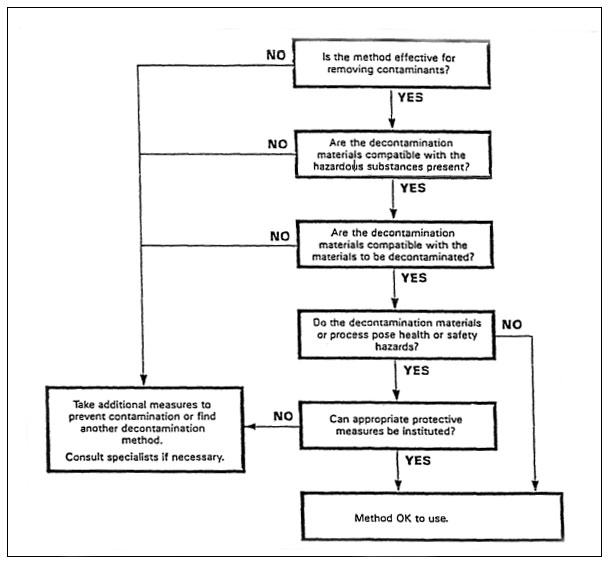In extreme cases these burns may need a skin graft or cause a limb to be amputated.
Cement may contain hazardous substances including osha.
Dry portland cement contacting wet skin or exposure to moist or wet portland cement may cause more severe skin effects including thickening cracking or fissuring of the skin.
A variety of products may be used including water based degreasing agents containing detergents and in some cases lyes fatty.
And therefore may contain trace amounts of naturally occurring materials which might be detected during chemical analysis.
Cement and cement based products can harm the skin in a number of ways.
Portland cement is a hazardous substance subject to statutes promulgated under the subject act.
A serious burn or ulcer can rapidly develop if it is trapped against the skin.
Wet cement is highly alkaline in nature.
It may however contain trace amounts of substances.
Section 2 components osha pel acgih tlv twa niosh rel hazardous substances 8 hour twa 1995 1996 8 hour twa portland cement clinker cas 65997 15 1 50 million particles ft3 10mg total dust m3 nominal 64 by weight.
Examples of employees who may be exposed to the dangers of wet portland cement products include bricklayers carpenters cement masons concrete finishers hod carriers 1 laborers plasterers tile setters terrazzo workers ready mixed concrete truck drivers bucket and buggy operators and those involved in pouring and finishing work.
Portland cement may contain up to 0 75 insoluble residue of which 0 1 may be free crystalline silica.
Other trace constituents may include potassium and sodium sulfate compounds chromium compounds and nickel compounds.

